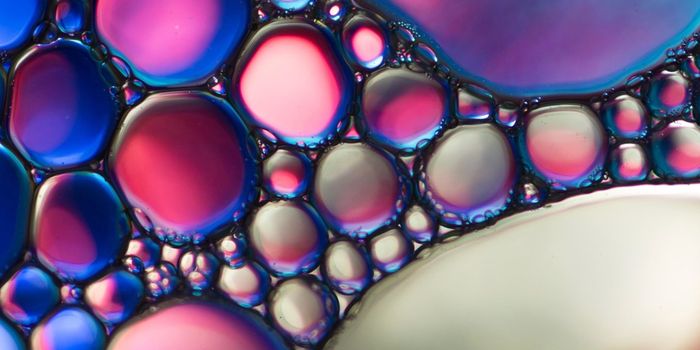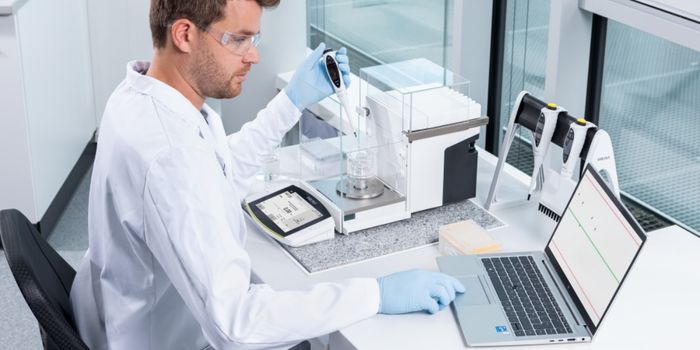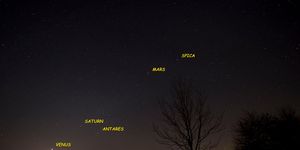When I first learned about mitochondria and chloroplasts in school, there was little mention of their origin as bacteria. The so-called “Endosymbiont Hypothesis” (really a theory at this point) is meant to explain the origin of mitochondria and chloroplasts and was put forth by
Lynn Margulis in her 1970 book “Origin of Eukaryotic Cells”.
This idea is supported by a number of observations. Mitochondrial DNA is circular. Bacterial DNA is also circular (for the most part -
Borrelia burgdorferi is an exception). On top of that, mitochondrial ribosomes and tRNAs are very similar to those found in bacteria.
Since the endosymbiont hypothesis came about, two scenarios - the “archezoan” and “symbiogenesis” - have been put forth to explain how bacteria became mitochondria.
The archezoan scenario holds that “the host of the proto-mitochondrial endosymbiont was a hypothetical primitive amitochondrial eukaryote, termed archezoan” (Koonin 2010). More simply, a bacterium (likely purple non-sulphur bacteria from the phylum α-Proteobacterium) was taken up by a eukaryotic cell (albeit, one that did not have a mitochondrion).
The symbiogenesis scenario, on the other hand, says that “a single endosymbiotic event involving the uptake of an α-Proteobacterium by an archaeal cell led to the generation of the mitochondria”. This event was followed by “the evolution of the nucleus and compartmentalization of the eukaryotic cell” (
Koonin 2010). Under this scenario, a bacterium was taken up by another prokaryotic cell, not an “amitochondrial eukaryote”.
The archezoan hypothesis was eventually abandoned, however. Phylogenetic data that pointed to the existence of amitochondrial eukaryotes turned out to be an artifact. On top of that, no evidence of amitochondrial eukaryotic cells has ever been found.
That leaves the symbiogenesis scenario, which is bolstered by the “
hydrogen hypothesis”. This hypothesis says that eukaryotes originated “through symbiotic association of an anaerobic, strictly hydrogen-dependent, strictly autotrophic archaebacterium (the host) with a eubacterium (the symbiont) that was able to respire, but generated molecular hydrogen as a waste product of anaerobic heterotrophic metabolism. The host’s dependence upon molecular hydrogen produced by the symbiont is put forward as the selective principle that forged the common ancestor of eukaryotic cells (
Martin and Müller 1998)”.
There you have it. Current evidence seems to support the symbiogenesis scenario - a chance encounter between two bacteria that eventually gave rise to eukaryotes like you and me!
Sources:
Rice University,
Cold Spring Harbor Perspectives, Wikipedia









